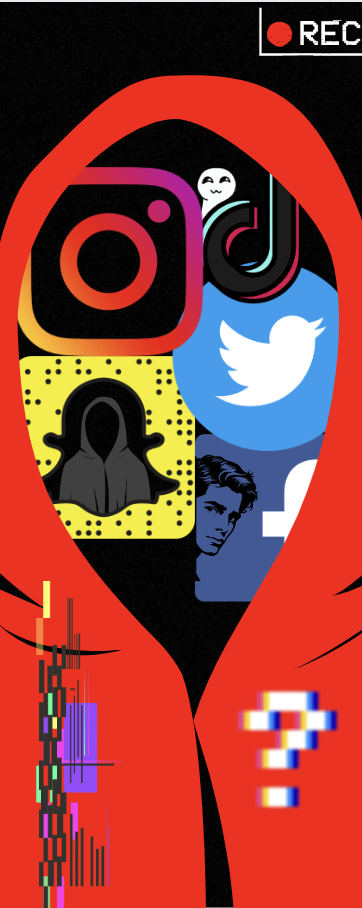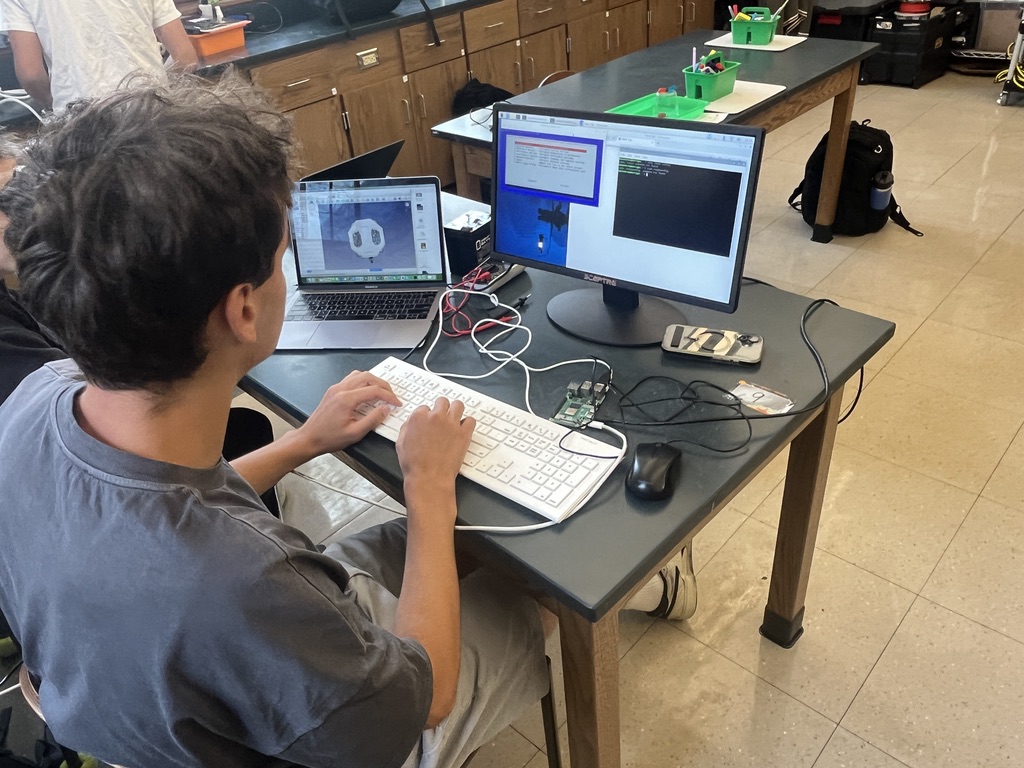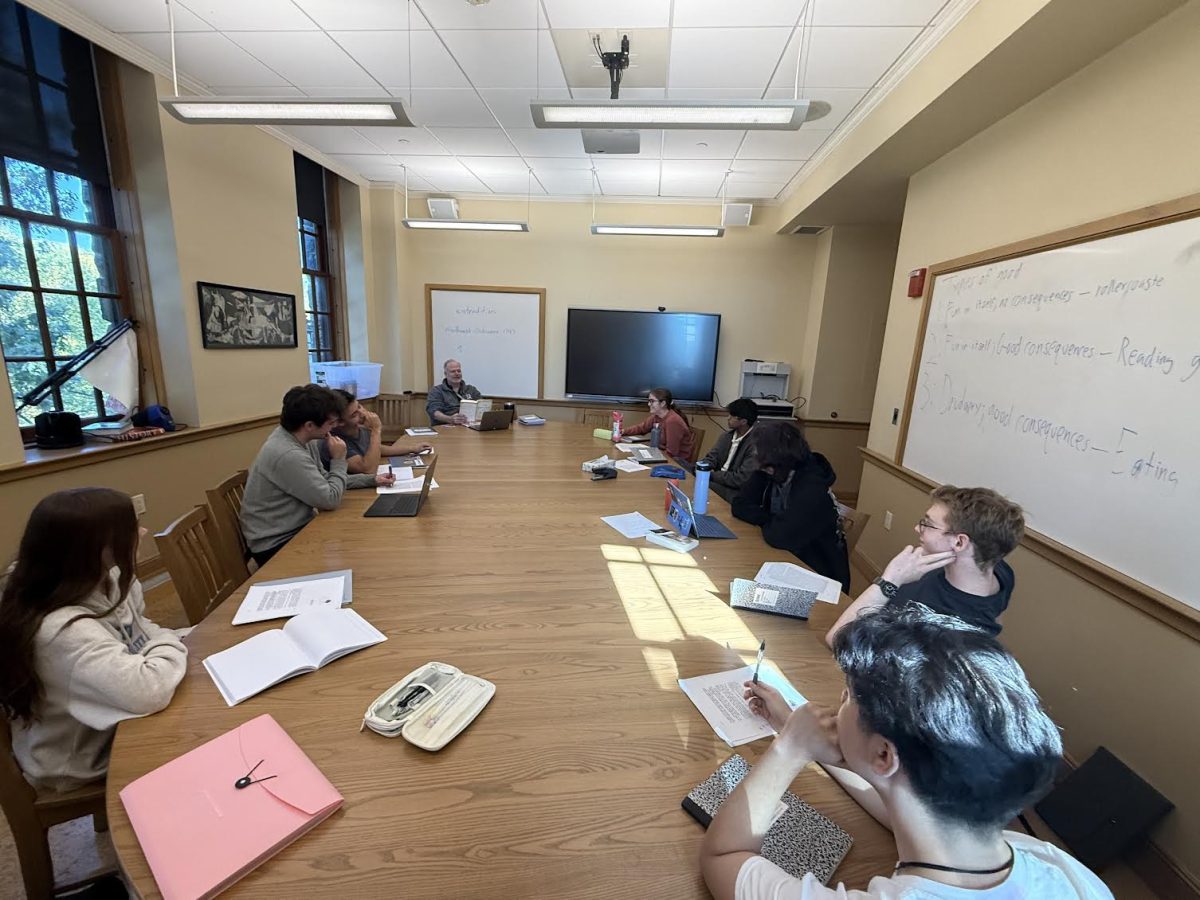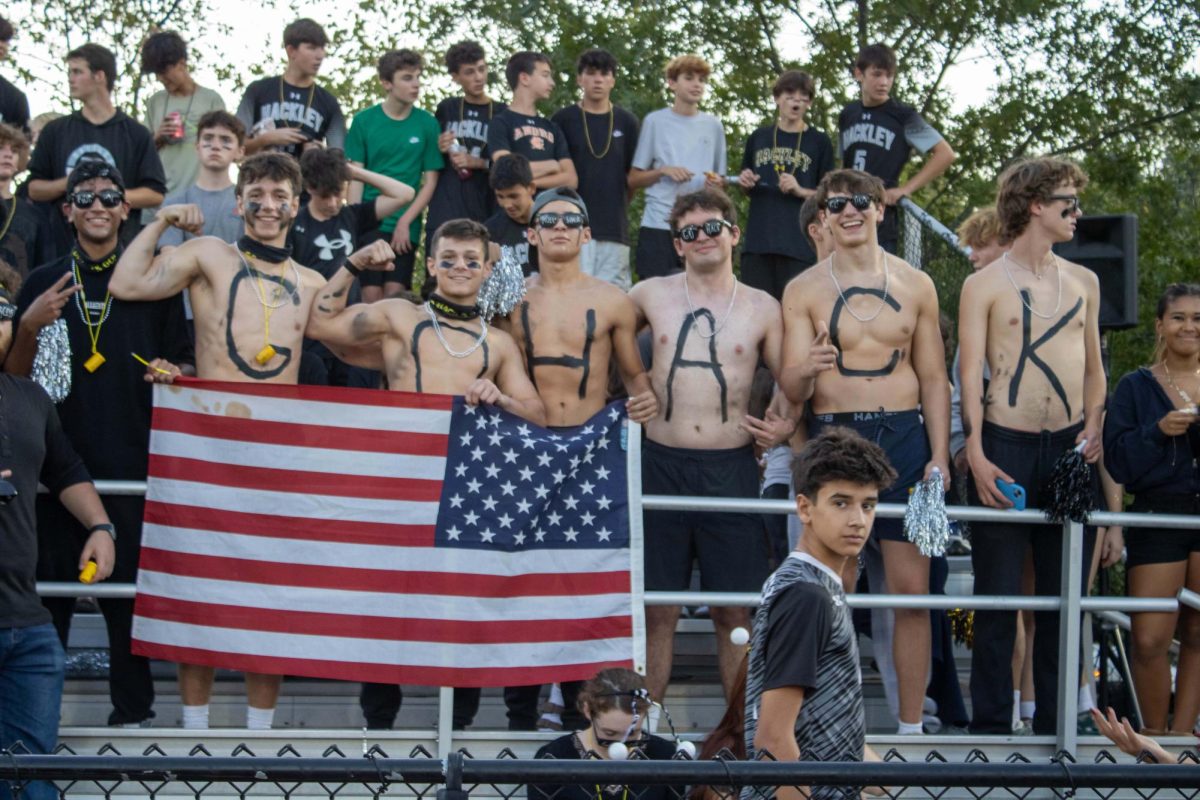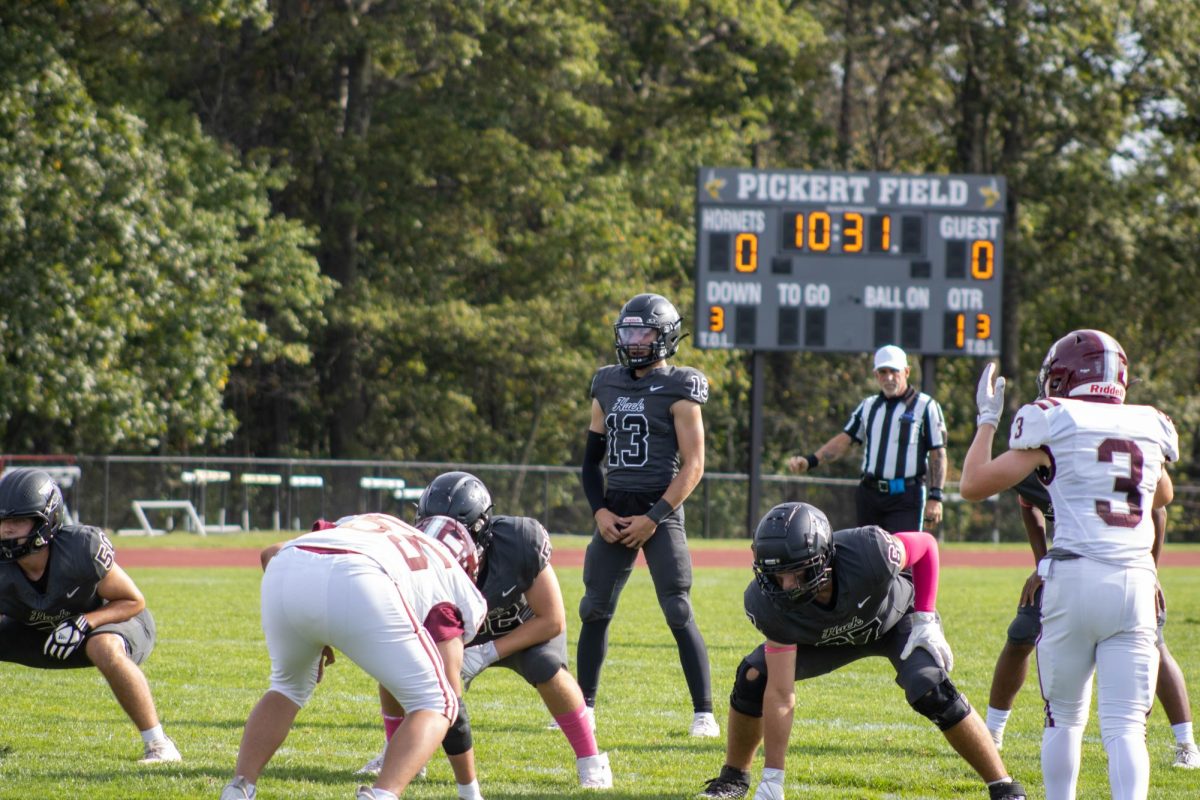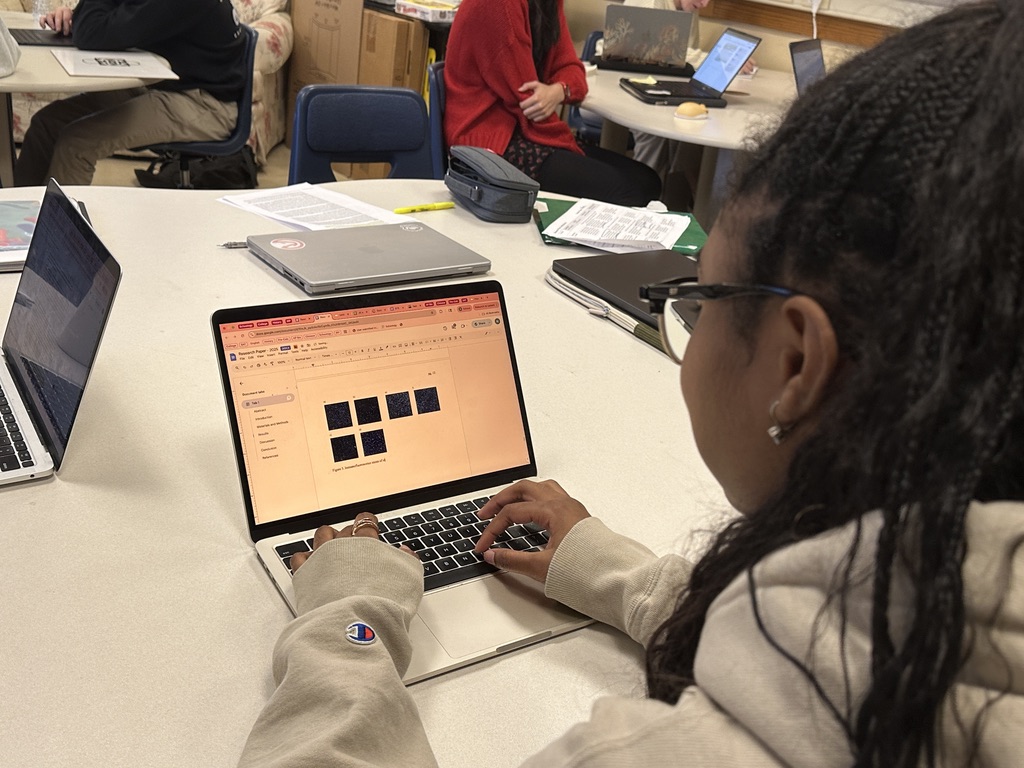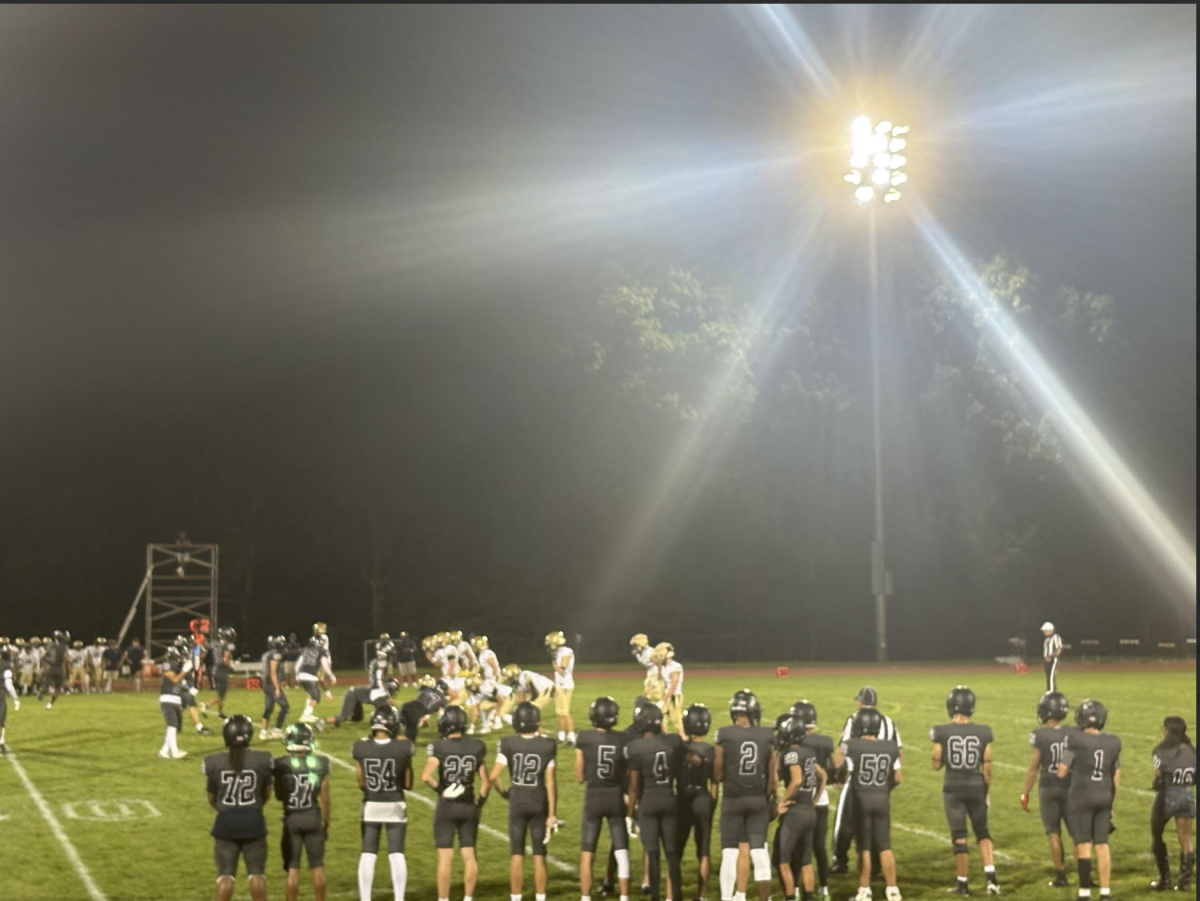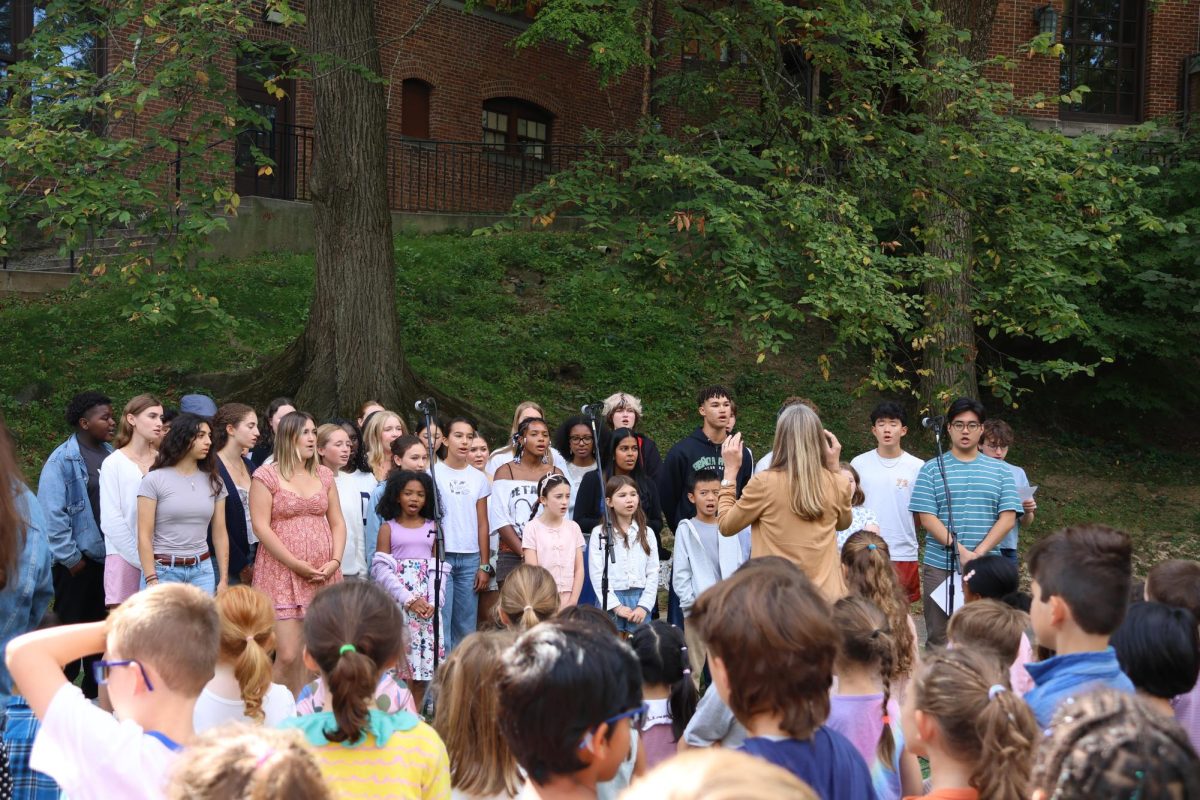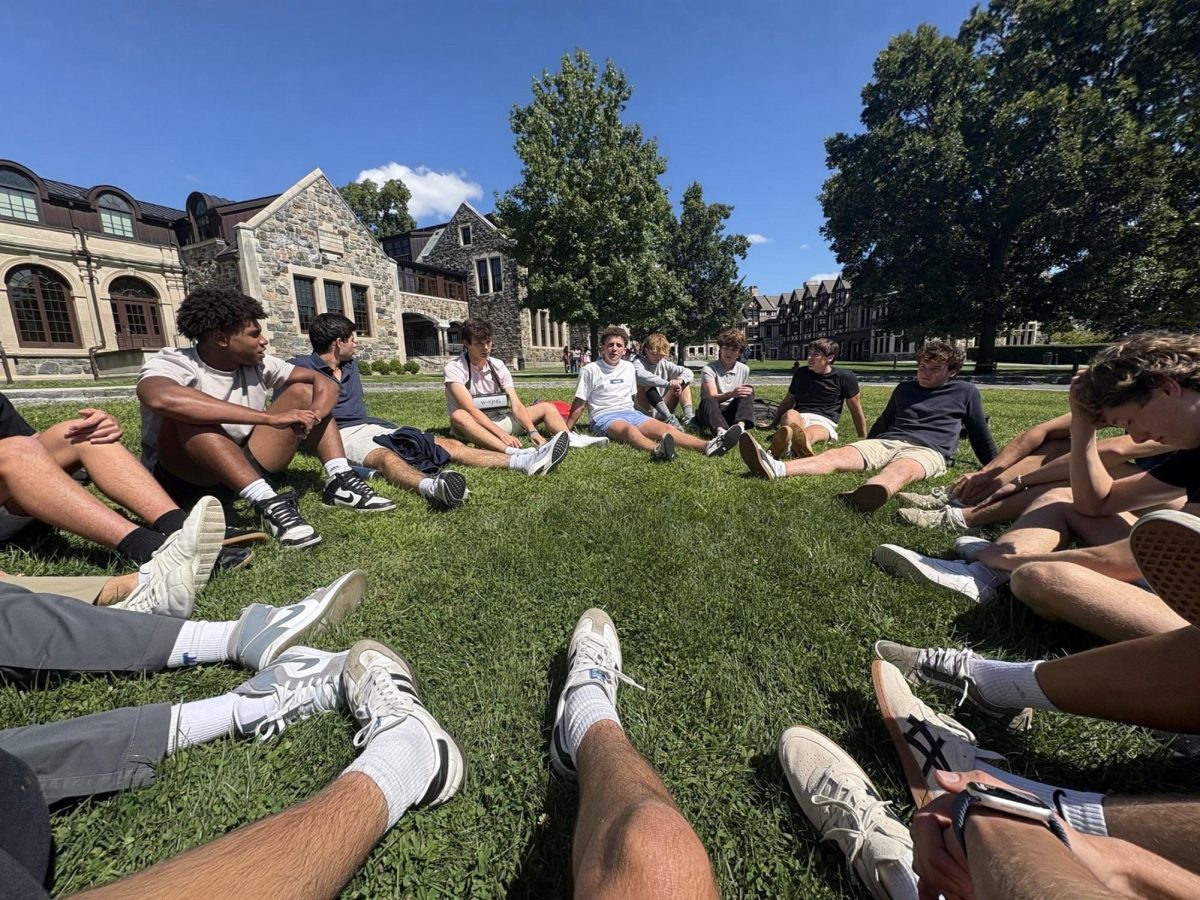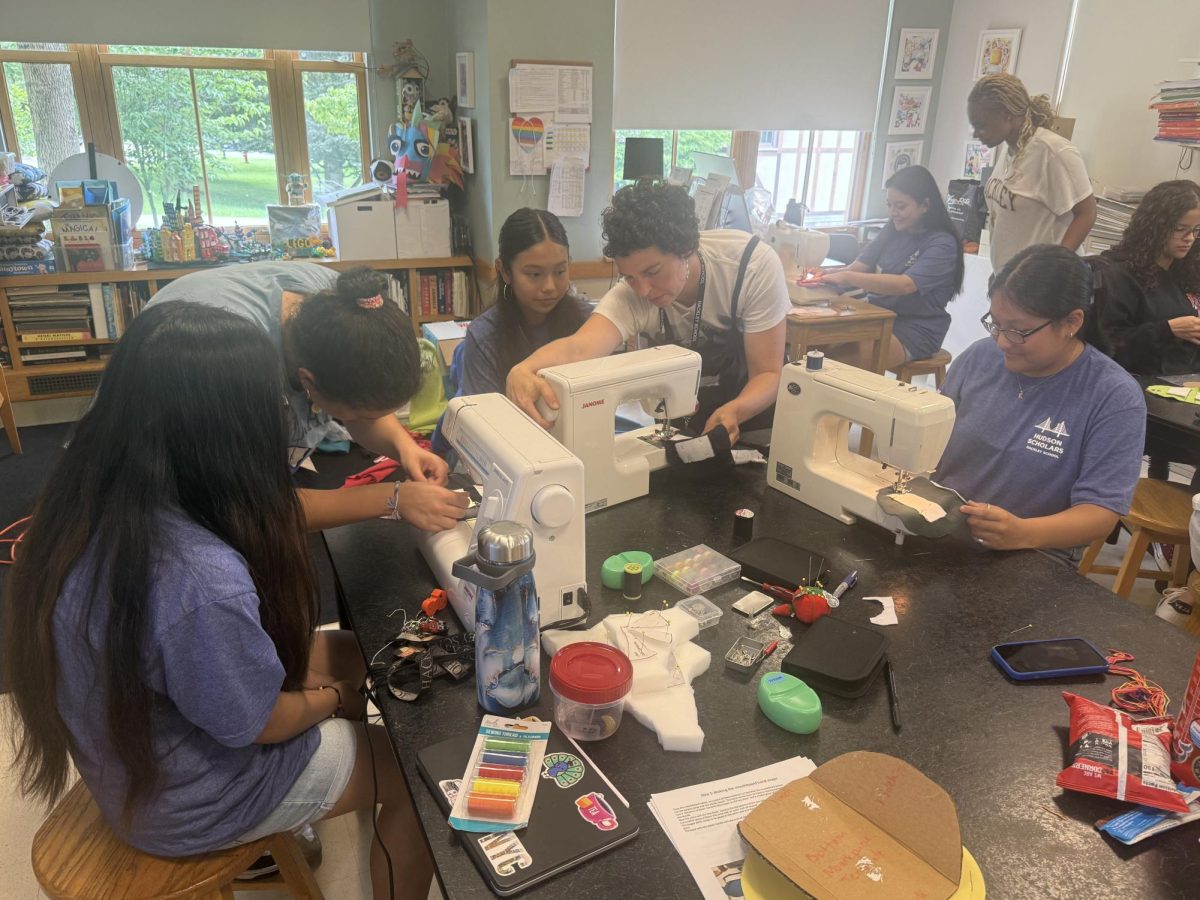An Anonymous Audience
Amid the rise of online celebrity and follower-based endorsements, it isn’t only adults who have found themselves in the digital limelight. Generation Z and the rising Generation Alpha have conquered the social media scene.
Minors, as young as single-digits, own and operate their own content creating channels, pages, and accounts, with their talents ranging from comedy skits to dancing. While audiences are sometimes age-appropriate, many of these young influencers have amassed a following of adults — a sea of anonymous onlookers, aged thirty and older, staring at a child’s exploits through a screen.
A wide outreach is always the goal for more views and more clicks, but do the dangers outweigh the benefits?
A Growing Audience from Decreasing Ages:
Compared to millennials, Generation Z came of age in a digitalized landscape, where worldwide information hovers just below their fingertips. In order to form some semblance of control, many social media apps have created an age requirement for access, such as Instagram which requires children to be over 13 years of age. However, it’s obvious that the severity of these rules has never been tight enough.
According to the New York Times, “Of particular concern to some who track screen time is an upswing in social media use among children ages 8 to 12, on platforms such as Instagram, Snapchat, and Facebook, even though such platforms require users to be at least 13 because of a law that prohibits companies from collecting data from children.” Without a viable means of enforcing age requirements, as well as the free rein children have over the internet from a young age, access to social media has become easier than ever.
Molly Perla, a Hackley freshman who started to actively post as a content creator in late 2020, further describes the simplicity of entering the social media world: “TikTok has statistics where it would give you an age range… the first one is from 16-18 and then the second one is from 15+, but I don’t really think this does anything because who the hell puts their real age on social media?”
A small sampling of upperclassmen and teachers responded to this statement, where 93% of respondents agreed that not all social media users adhere to age restrictions. Amidst this survey, seniors Cole Silpe and Tyler Gandelman disagreed. They state how the vast majority of social media users are and would eventually be old enough to access age-restricted apps. However, senior Sofia Malhas points out that this fact may change. “Most kids want to act older than they are, and it’s just a growing trend for this generation,” she said.
The Benefits and Risks
Early access to social media can indicate a couple of outcomes. On the spectrum of good and bad, social media certainly is not immoral; rather, it roams in the middle. Senior Tommy Troso, a.k.a the Mocktail Tiktok superstar, explains through his personal essay and voice that “it can be beneficial to relationships… Between people among the digital world, it can help foster relationships and communication for people far away.”
However, Tommy also describes the danger of the anonymous audience; for example, he personally received doxxing threats via TikTok, where 3an anonymous user threatened to release his private information to the public. Although Molly has never experienced such direct contact, in her eyes, “it’s been in my subconscious the whole time. My parents are always reiterating to be careful with what’s on the internet, and they’ve always required computer science classes to be ‘internet-safe’.”
A goal that content creators strive for is a large, supportive audience. However, as shown by Molly and Tommy, expanding their public domains involves risks that require constant attention, such as cyber-attacks or physical threats. According to Tommy, children are quite “impressionable” and could easily be affected, where it would “distract… face-to-face communication, promote unrealistic expectations, and facilitate jealousy and insecurity,” stated Bloom Tampa Bay, a health & lifestyle news website.
However, the “impressionable” effects of social media are not limited to content creators but spread to young audience members as well. An article from fellow Dial staff writer Angelina Hummel shows how 10-year-old children, influenced by a trend of makeup videos from older content creators, are “causing havoc in Sephora” by blindly buying out products with no regard to safety precautions.
So, is social media a positive or negative?
Of course, social media has its positives; it connects those within the safety of their houses, no matter how far apart. But is it safe when a shadowy sea of adults is ingrained in the audience, possibly interacting with malicious intent? With Tommy’s actual experiences reflecting these dangers, as well as a statistical-reinforced trend of younger ages accessing the digital world, perhaps it’s time to preach not abstinence but mindfulness. The traditional ban from mobile devices or time-limits for apps may no longer be, or never was, enough to warn social-media users of the dangers of a digital audience. Modern times require modern solutions, and it’s time for the younger, more tech-experienced generation to pave the way for social-media caution.

